By the early fifth century B.C.E. the Achaemenid (Persian) Empire ruled an estimated 44% of the human population of planet Earth. Through regional administrators the Persian kings controlled a vast territory which they constantly sought to expand. Famous for monumental architecture, Persian kings established numerous monumental centers, among those is Persepolis.
The glittering capital of the Achaemenid Empire, Persepolis was once the richest city on earth. From there, Xerxes planned his war against Greece – and the treasure of a vast empire piled up in the store-rooms.
Renowned for its architecture, urban planning, construction technology, and art, the royal city of Persepolis ranks among the archaeological sites which have no equivalent and which bear unique witness to a most ancient civilization.
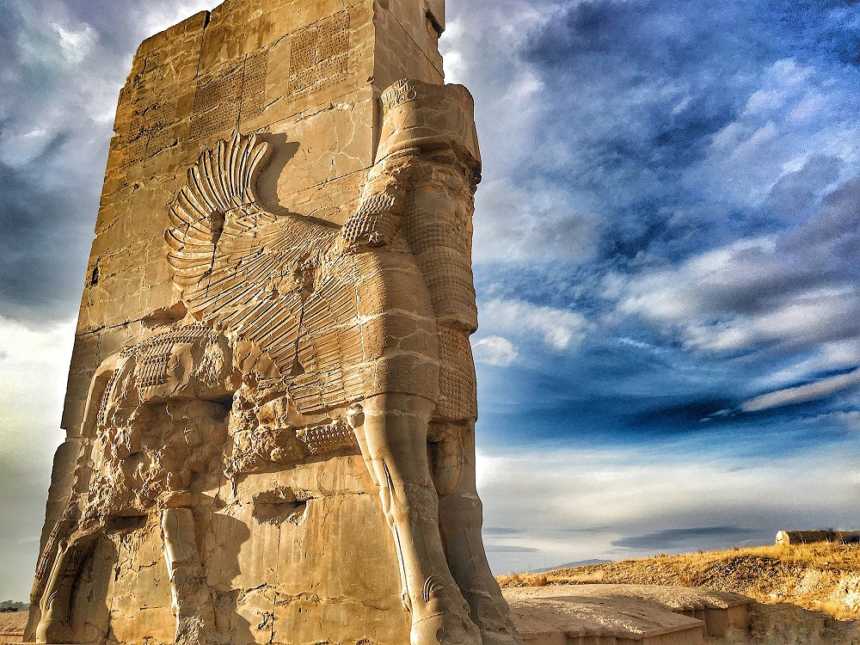
The Achaemenid Empire was an imperial state of Western Asia founded by Cyrus the Great and flourishing from c. 550-330 B.C.E. The empire’s territory was vast, stretching from the Balkan peninsula in the west to the Indus River valley in the east. The Achaemenid Empire is notable for its strong, centralized bureaucracy that had, at its head, a king and relied upon regional governors.
History of Persepolis
Persepolis was known to the Persians as Pārsa and later under subsequent Greek influence became known as Persepolis, ‘The City of the Persians’.
Persepolis was founded by Darius the Great in 518 B.C.E. when he indicated the location of a “Royal Hill” that would serve as a ceremonial center and citadel for the city. This was an action on Darius’ part that was similar to the earlier king Cyrus the Great who had founded the city of Pasargadae.
The city’s remote location kept it a secret from the outside world, and it became the safest city in the Persian Empire for storing art, artifacts, archives, and keeping the royal treasury.
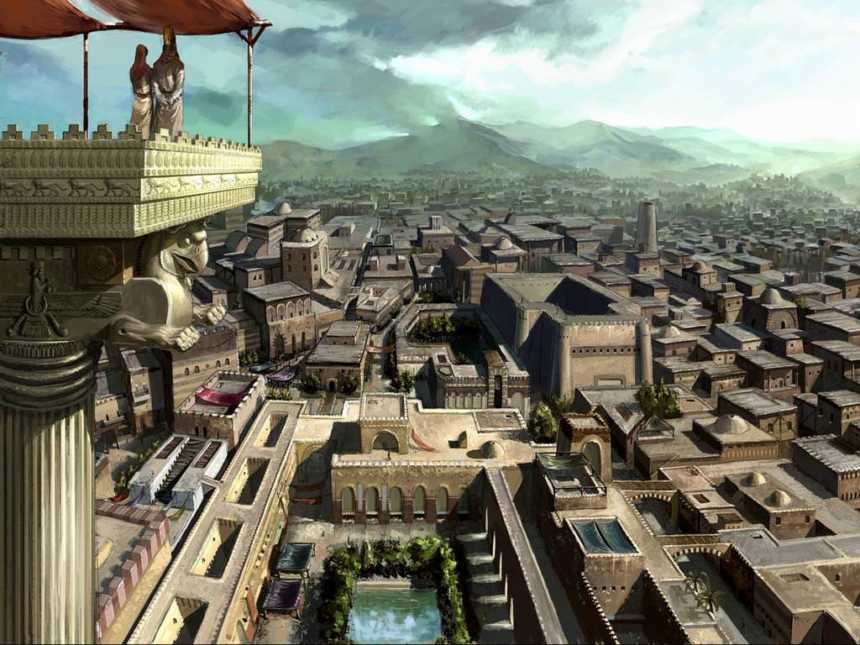
Architecture
Darius built his extraordinary citadel on an immense half-artificial, half-natural terrace covering 125,000 square metres. The buildings at Persepolis include four general groupings: residential quarters, a treasury, ceremonial palaces, and fortifications.
Persepolis was improved and upgraded with every new ruler who was bringing something of his own to the development of Persepolis.
Noted structures include the Great Stairway, the Gate of All Nations, the Apadana, the Hall of a Hundred Columns, the Tripylon Hall and the Tachara, the Hadish Palace, the Palace of Artaxerxes III, the Imperial Treasury, the Royal Stables, and the Chariot House.
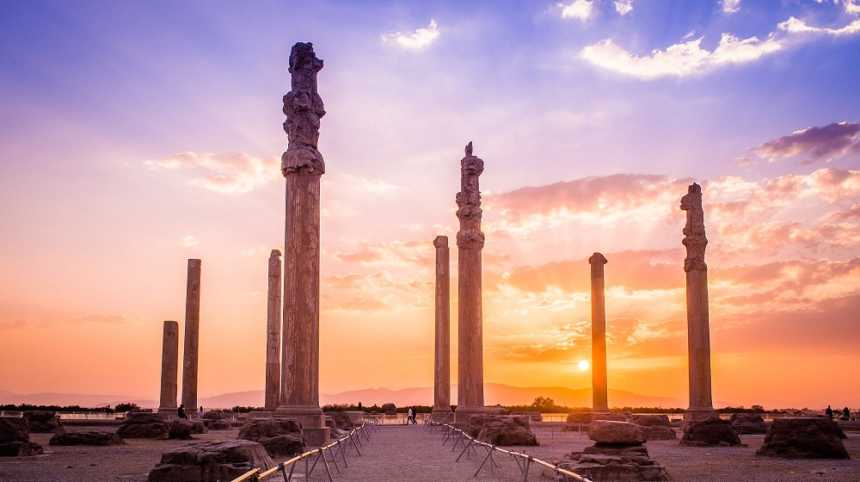
The columns were topped by sculptures of various animals symbolizing the king’s authority and power, such as the bull and lion. At the four corners of the palace were four towers and the inner walls of the hall were brightly decorated.
Bas-reliefs are among the highlights of this archaeological wonder. Lotus flowers and cypress trees frequently appear throughout the site. Other notable carvings represent nobles, dignitaries, and envoys of Ethiopian, Tajik, Indian, Egyptian, and Armenian nationalities, among others, who visited the capital bearing tributes for the King of Kings. Every detail of their face, hair, curly beards, and clothes is both mind-boggling and connected to the present in appearance.
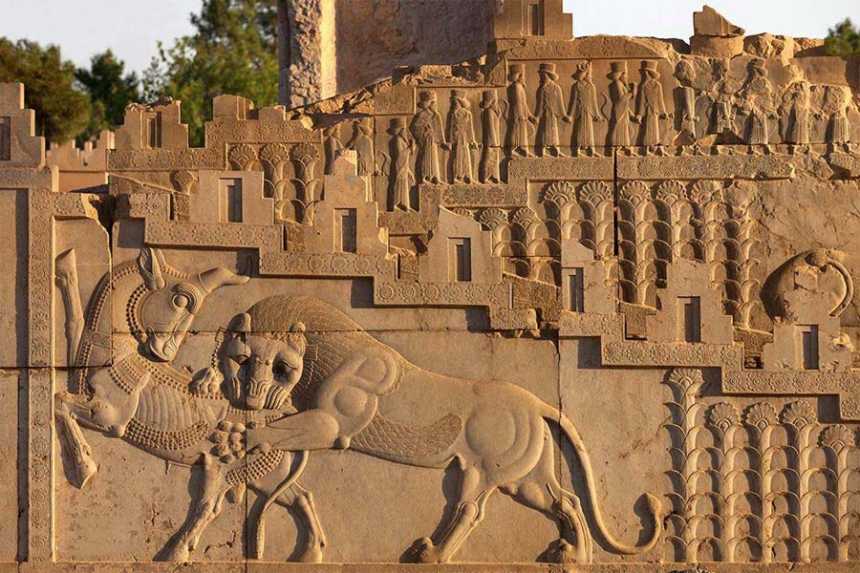
The Apādana palace
Apadana is one of the oldest palaces in Persepolis which was built in order of Darius the Great, and its function was mainly for grand ceremonies and celebrations. Apadana means a grand hall with pillars. The palace had a grand square-shaped hall with 72 columns, each standing to a height of 24 meters, supported the roof. What distinguishes these columns is the top of them, made from animal sculptures including two-headed lions, cows, and eagles. The palace had a grand square-shaped hall with 72 columns
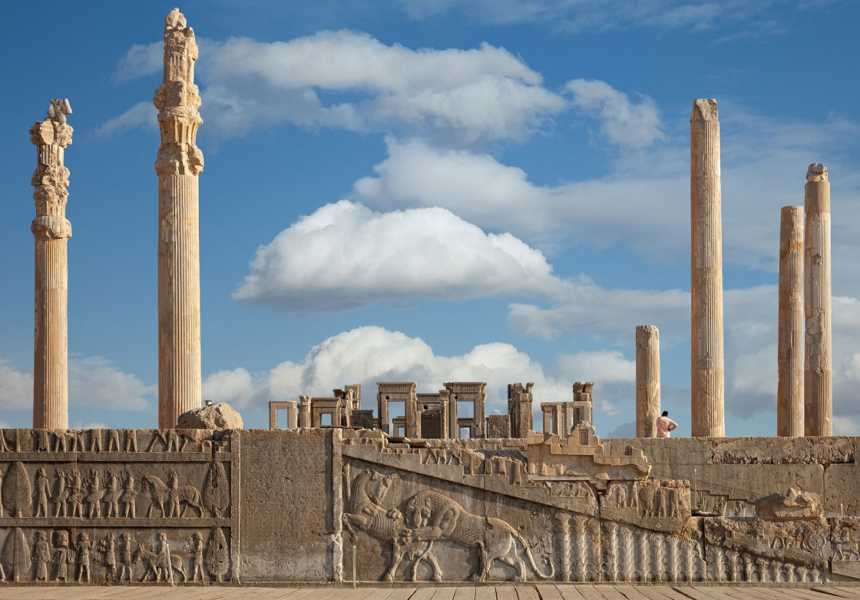
Destruction of Persepolis
Persepolis would remain an important site until it was sacked, looted, and burned under Alexander the Great of Macedon in 330 B.C.E., after his victory over Darius III at the Battle of Gaugamela. The valuables were stripped away from the walls and taken out in the wish to destroy the history and legacy of the entire civilization.
The fire, which consumed Persepolis so completely that only the columns, shards of walls, stairways, and doorways remained of the great palaces and halls, also destroyed the religious works of the Persians written on parchment as well as their works of art. The palace of Xerxes, who had planned and executed the invasion of Greece in 480 BCE, received especially brutal treatment in the destruction of the complex.
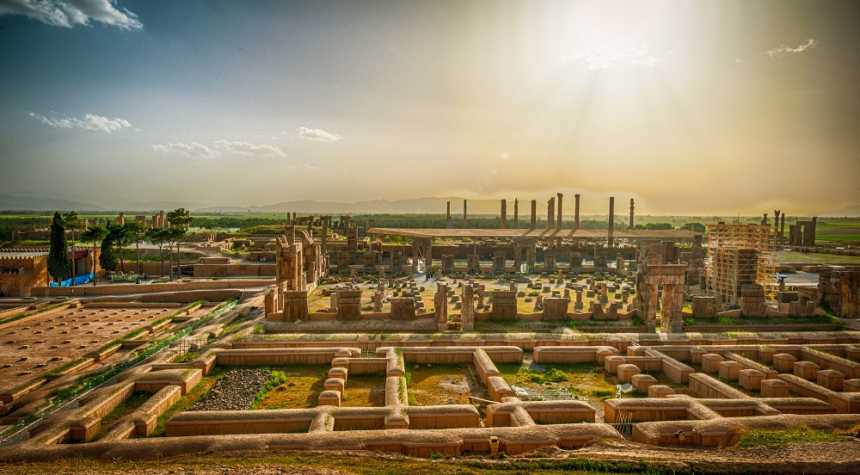
Rediscovery
The city lay crushed under the weight of its own ruin and was lost to time. In 1618 CE, the ruins were positively identified as Persepolis, but aside from amateur digs by treasure-hunters, no efforts were made to excavate the site.
It was not until 1931 CE that professional excavations began and Persepolis again rose from the sands. Its remains are striking even today, leading UNESCO to register the site as a World Heritage Site in 1979.
Once the Persepolis was rediscovered, archaeologists also discovered thousands of remaining written records made by the Persians. Many of the records, carved in hand size rocks, depict the bills and spending needed to raise the city of Persepolis. There it was discovered that the city of Persepolis was paying their craftsman in gold and precious metal, to keep them satisfied and devoted to making the city the most important city of the world.

Ruins of Persepolis
Today, the haunting, spectacular ruins of Persepolis reveal both the glory of the Achaemenid Empire, and the abruptness of its passing. The palace is still marked by Alexander’s fire: three feet of ash covered the floor in some places when it was first excavated – and many of the columns are still visibly scarred by those flames which burned over two thousand years ago.
The grand staircases and remaining colonnades of Tachara Palace (the oldest palace) are among the most intact parts. The Hall of 100 Columns once stood with towering wooden pillars, but the only some scarce remaining of the glorious hall are left as to spark imagination and witness the old glory of the place.
The most complete remnants are on display in several museums throughout Europe and North America, but as valuable as their insight may be, they can’t begin to capture the magnitude or surreal feeling that one gets by actually walking on these ancient grounds and becoming part of the past.
Even though, today, the city of Persepolis is left with just a skeleton of rock made formations, reliefs and columns, one glimpse at the mastery applied to Persepolis architecture will amaze you
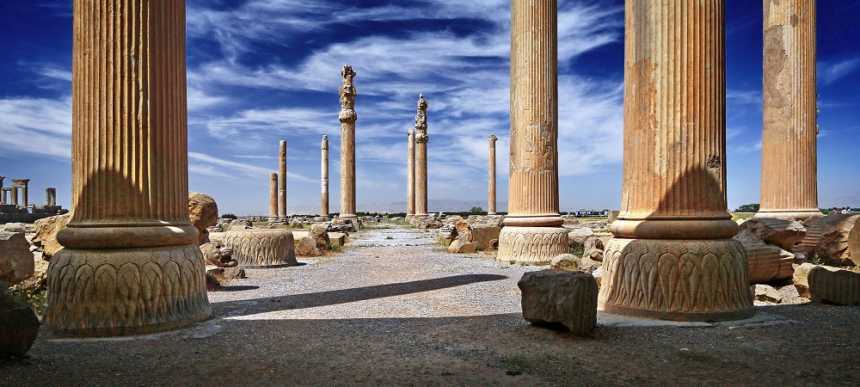
Persepolis is not only a symbol of Iran, but its significance and grandeur are embedded in the psyche of Iranian people today. For this population, it’s not just ruins of a forgotten empire. It’s the place where the Cyrus Cylinder, the first charter of human rights that expressed tolerance and equality for all religions, races, and languages, was recorded. (It is now in the British Museum).
Persepolis continues to act as a reminder of one of the most powerful empires and is a source of pride for Iranians who remember that they are descendants of these past great leaders and this most civil of ancient civilizations. You could even say that it serves as an aspiration for Iran to once again become a model society and rise to the top.
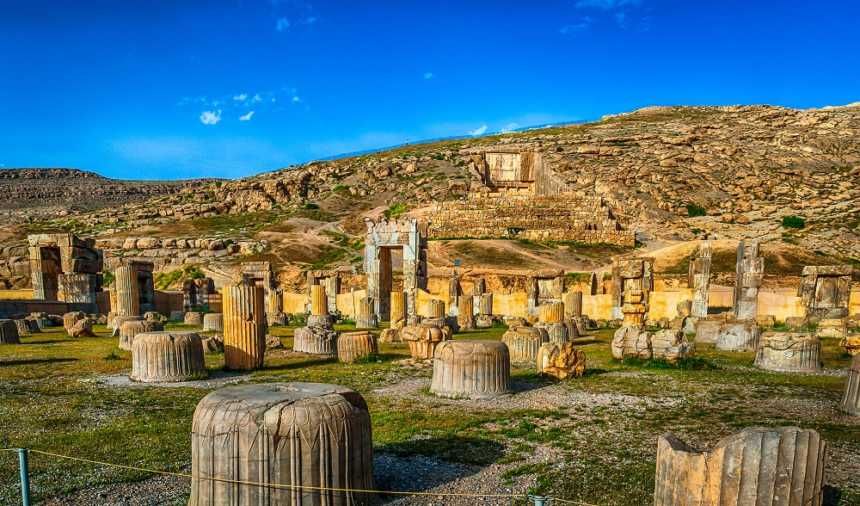
Bibliography
Persepolis: UNESCO World Heritage Center. – Unesco
Persepolis: The City of Persians – Persepolis.nu
Persepolis and Ancient Iran – Oi-Chicago


